How to grow Blechnum
There are many different species of this evergreen fern found growing in moist, shady spots all over the world. Some are hardy outdoor plants, while others are more tender and best grown as houseplants in the UK.
Blechnum are grown for their attractive, often leathery fronds and, as a group, are known by the common name of hard ferns. Individual species may have their own common name, as you’ll see from our table below. All share the same habit of producing two contrasting sets of fronds – larger, horizontal ones and often darker, narrower, upright ones. The latter are fertile and carry the spores to make new plants.
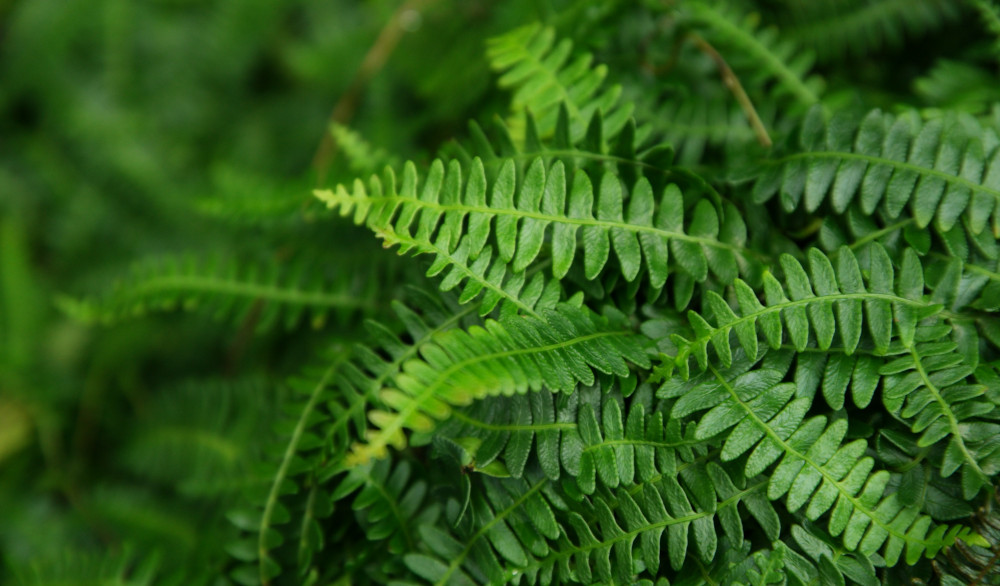
Key Information
Soil pH
Position

Hardiness

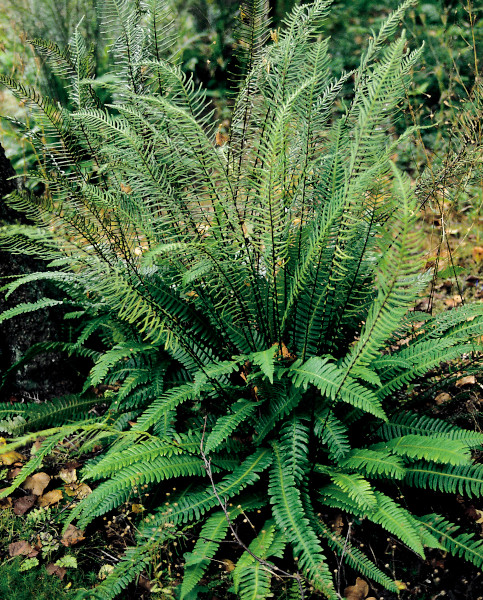
Where and when to plant Blechnum
| Species | Common name |
HARDY – very cold winter (H6/ -15°C to -20°C) Grow anywhere in the UK
| Blechnum spicant |
Deer fern
|
B. boreale | Hard fern | |
HARDY – average winter (H4/ -5°C to -10°C) May struggle in harsh winters or waterlogged soil | B. penna-marina |
Alpine water fern
|
B. chilense |
Chile blechnum
| |
B. discolor |
Crown fern
| |
B. niponicum |
Japanese deer fern
| |
TROPICAL/ SUBTROPICAL (H1A & H1B/ 10°C/ 15°C) Best grown as a houseplant or in a heated greenhouse | B. gibbum |
Dwarf tree fern
|
B. brasiliense | Dwarf Brazilian tree fern |
For best results, plant hardy species in autumn or spring. An autumn planting can be done by those gardening in mild conditions (and broadly speaking, this is the southern half of the UK). For those liable to cold winters, it is best to wait until spring (generally the northern half of the UK). Planting can also be carried out in summer, though be prepared to water regularly.
Hardy species of blechnum are ideal for woodland gardens, shady borders, underplanting trees and shrubs, or naturalising in and around stone walls. They may also be grown in containers. Popular with UK gardeners is the native B. spicant and its cultivars, which provide handsome, interesting foliage for a shady planting scheme. Another widely available species is the small, creeping B. penna-marina, which makes an excellent mat-forming ground cover plant.
The more tender species are best potted up in spring and kept as houseplants, conservatory plants, or in a heated, shaded greenhouse.
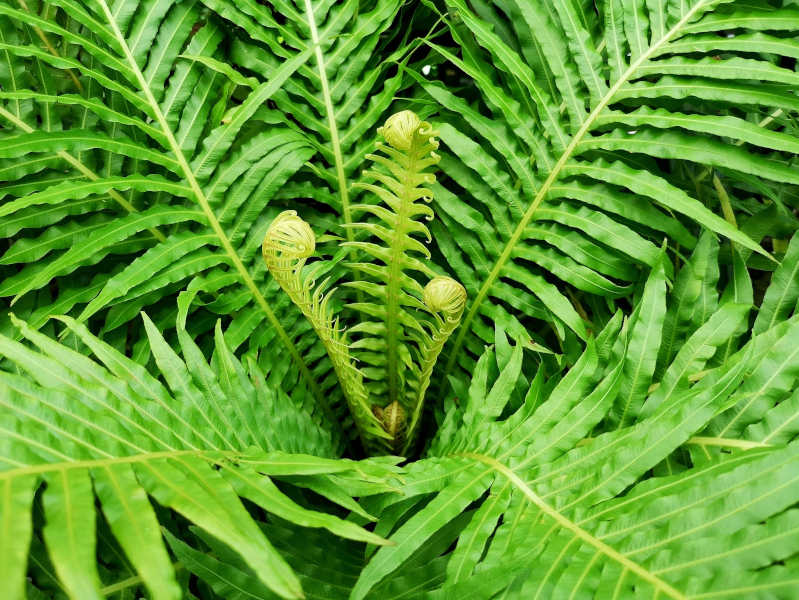
How to plant Blechnum
- For planting in the garden, dig the soil area removing any large stones and weeds and breaking up any lumps. Mix in some organic matter, ideally leaf mould, though manure or garden compost are also fine. Rake level and firm with your heels. Rake level again.
- Water plants well and allow to drain before planting.
- A good tip is to dig a hole twice the size of the root-ball. Fill with water and allow to drain before placing in the plant.
- Place the plant in the hole, ensuring the top of the root ball sits level with the surface of the soil. Too low and the plant may rot, too high and the roots can dry out.
- Backfill with soil and firm in gently with your foot.
- Soak well with water.
- Mulch around the base with well-rotted organic matter.
- For planting in containers, first choose an appropriately sized pot around 5-7cm larger than the rootball of your blechnum (you’ll need to gradually increase the pot size every few years). Always ensure there are plenty of drainage holes in the bottom.
- Use a good quality ericacous potting compost if you have it, though normal compost will also do. Mix in some horticultural grit and, if not already present (check the labelling on the bag) some slow-release fertiliser granules. Again, make these ericacous if you have them, though general purpose is also fine.
- Start by partially filling the pot with compost; enough so that when placed on it the upper surface of the root ball is about 3cm lower than the top of the pot.
- Fill around the plant with compost, firming down with your fingers then adding a little more so it is held tight.
- Pick up the container and lightly tap on the potting bench or ground a few times to help further settle the compost around the plant.
- Soak well with water.
- A mulch with horticultural grit will look attractive and help to prevent a ‘cap’ or crust forming on the top of the compost (something container plants can suffer due to the artificial nature of their watering).
What to plant with Blechnum
Outdoors, use hardy blechnum species alongside a variety of other moist shade lovers to create a lush foliage display. Think other ferns such as adiantum and dryopteris, along with hostas, asarum, rodgersia, and – one of our favourite secret-weapons for these conditions – luzula.
Inside, pair the more tender blechnum with other shade-tolerant foliage houseplants such as colocasia, solenostemon, and cyrtomium.

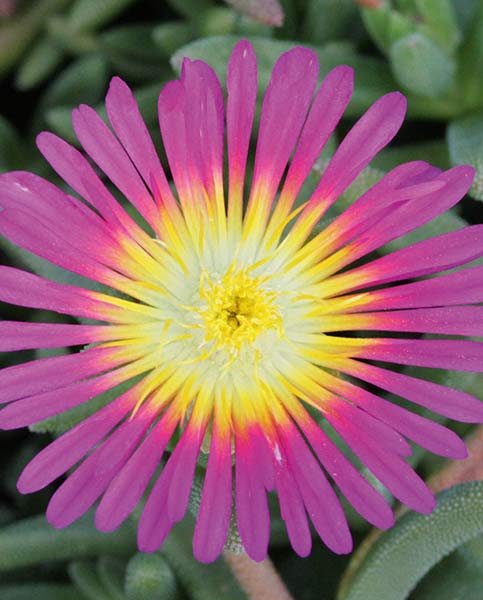
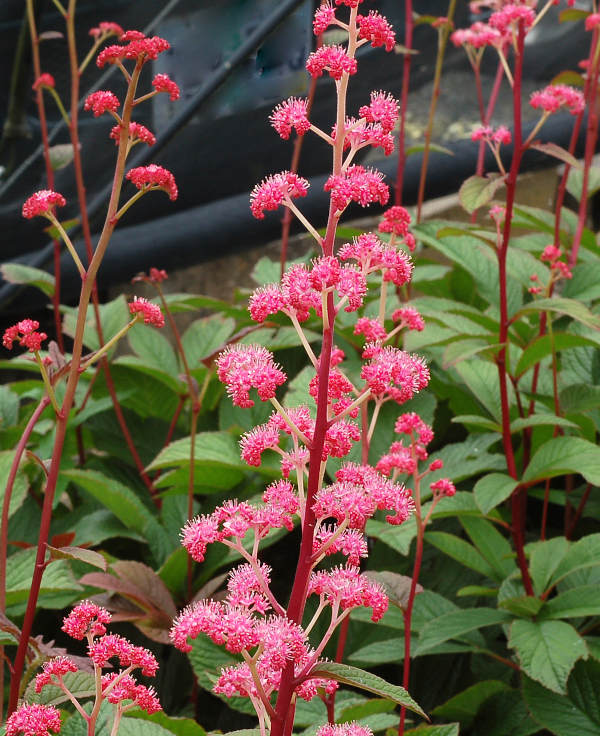
How to care for Blechnum
Pruning and Deadheading
The majority of blechnum species are evergreen, and need only a light tidy each spring just before the new growth begins to unfurl. Simply remove any dead or tatty fronds, snipping off cleanly at the base.
Watering
Blechnum enjoy moist conditions and so, when grown outside, benefit from a good watering in on planting and then regular soakings until established. After this they should need watering only in hot, dry conditions. Allowing the top few centimetres to dry out between soakings is a good rule of thumb to avoid overwatering. To check this, wiggle your finger down into the soil until you hit a cool, damp bit.
Grown in containers inside, blechnum need watering frequently throughout the growing season (roughly March to September). Again, aim for consistently moist but not soggy compost using the ‘finger check’ technique above. Be aware that in hot weather, containers may need watering more often than you might think (particularly smaller containers which can dry out very quickly). As growth slows in autumn reduce watering to the bare minimum, i.e., just enough to prevent the compost drying out completely.
Feeding
On healthy, fertile soil, a mulch of well-rotted organic matter (i.e., a layer of leaf mould, manure, or garden compost applied to the soil around the plant) should provide enough nutrients for your blechnum. This has the added benefit of suppressing weeds and locking in moisture. Mulch when planting, and then again each spring.
If you garden on poor soil or your blechnum looks in need of a boost, applying a granular feed (again, ericaceous if you have it, general purpose if not) to the surface of the soil and lightly working in can reap benefits. This is known as a top dress and should be done when you’re mulching in spring – first apply the feed, then cover with the mulch.
Container-grown plants are different as they rely solely on the gardener for nutrition. Get off to a flying start by making sure you use a good quality compost with slow-release granules mixed in. These generally provide nutrients for around 6 to 8 weeks, after which you’ll need to apply a liquid feed every 2-3 weeks until the end of the growing season (i.e., September-ish). This can be ericaceous or general purpose, whichever you have to hand.
Remember to repot your blechnum every few years into a slightly larger pot using fresh compost. In-between, it’s worth removing the top few centimetres of compost each spring and replacing with a fresh mix of compost and slow-release granules.
Cold Protection
Because there are so many different species of blechnum occurring in a range of climates, it is important to know the hardiness of your species and what this means for its ability to get through a UK winter.
Blechnum rated H1A are classed as tropical plants and need to remain above 15°C all year. They’re best kept permanently indoors.
Those rated H1B are subtropical and can bear it a little lower to between 10°C and 15°C. They’re best grown indoors, though can be moved outside during the warmer summer months. Here they will benefit from both increased airflow and the help of birds and insects to keep pests at bay.
H4-rated blechnum can cope with temperatures dipping to between -5°C and -10°C, so should be fine outside in an average UK winter. They may struggle in very harsh winters, particularly in gardens where drainage is poor, and the roots sit in permanently wet soil. These blechnum make more vulnerable container plants, and it can be worth wrapping their pots in bubble wrap, fleece, or hessian to protect the roots against frost.
Those rated H6 can be relied upon to get through a UK winter without concern. Protect container-grown specimens in very cold, exposed areas. Otherwise, leave them to it!
Pests and Diseases
Blechnum is considered problem-free.
How to propagate Blechnum
The recommended way to propagate blechnum is to divide the creeping rhizomes in early spring. These are the horizontal stems that sit on or just below the surface of the soil.
- In early spring, sever one of these rhizomes from the parent plant.
- Cut into lengths 5-7.5cm long, ensuring each section has some roots attached and at least one growing point (bud).
- Plant each section individually into a seed tray or 9cm pot filled with a well-draining mix. Make sure it is at roughly the same depth as it was previously – planting too deep can cause rotting.
- Water lightly and place in somewhere in light shade. For hardy species this can be outside or in a coldframe, for the more tender species, keep in a heated environment such as a propagation unit or on a sunny windowsill.
- Grow on in this spot until large enough to be planted or potted into an eventual location, always keeping the compost moist yet not soggy.
* Many plants carry Plant Breeders Rights and cannot be propagated for commercial purposes.




